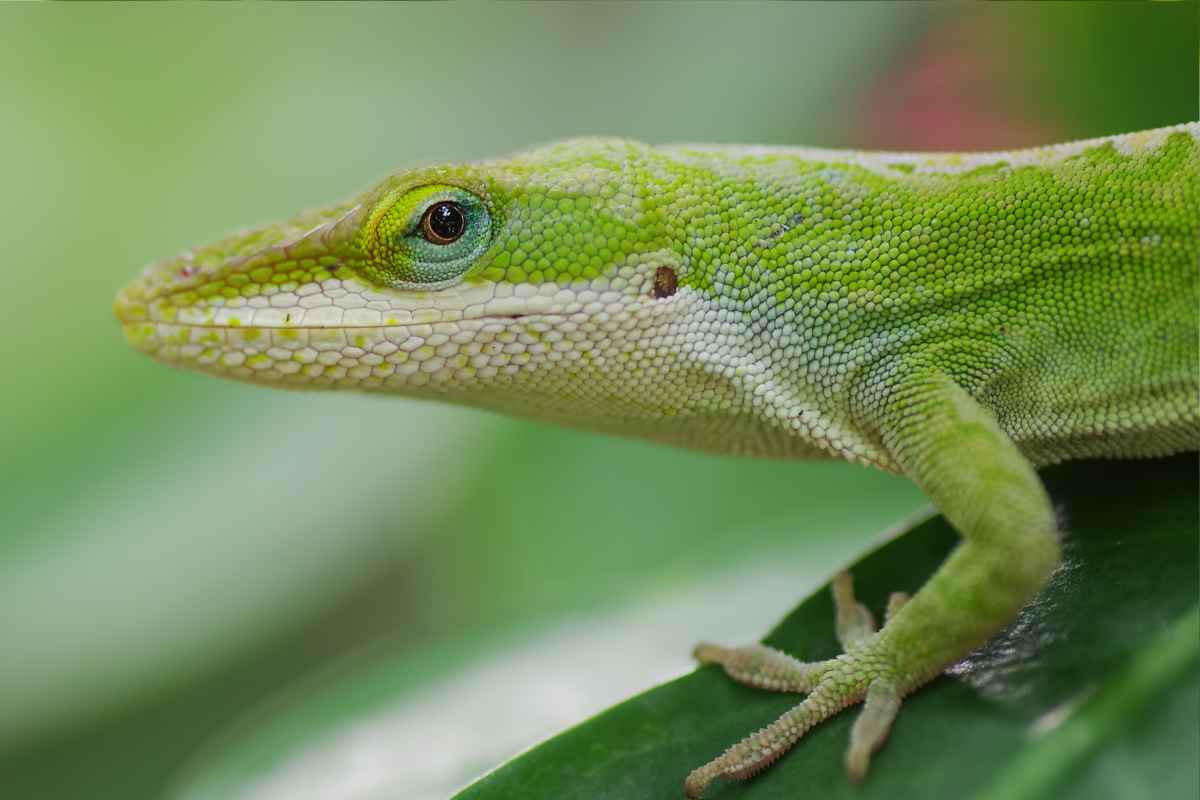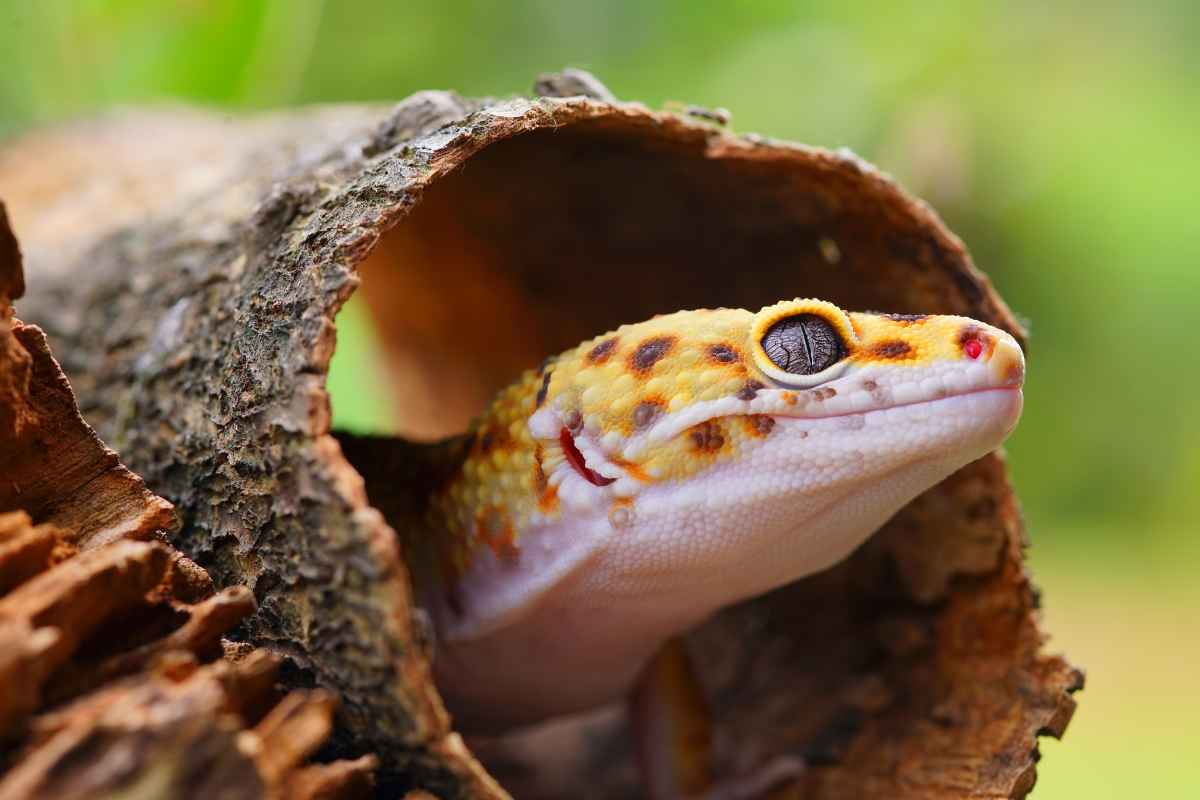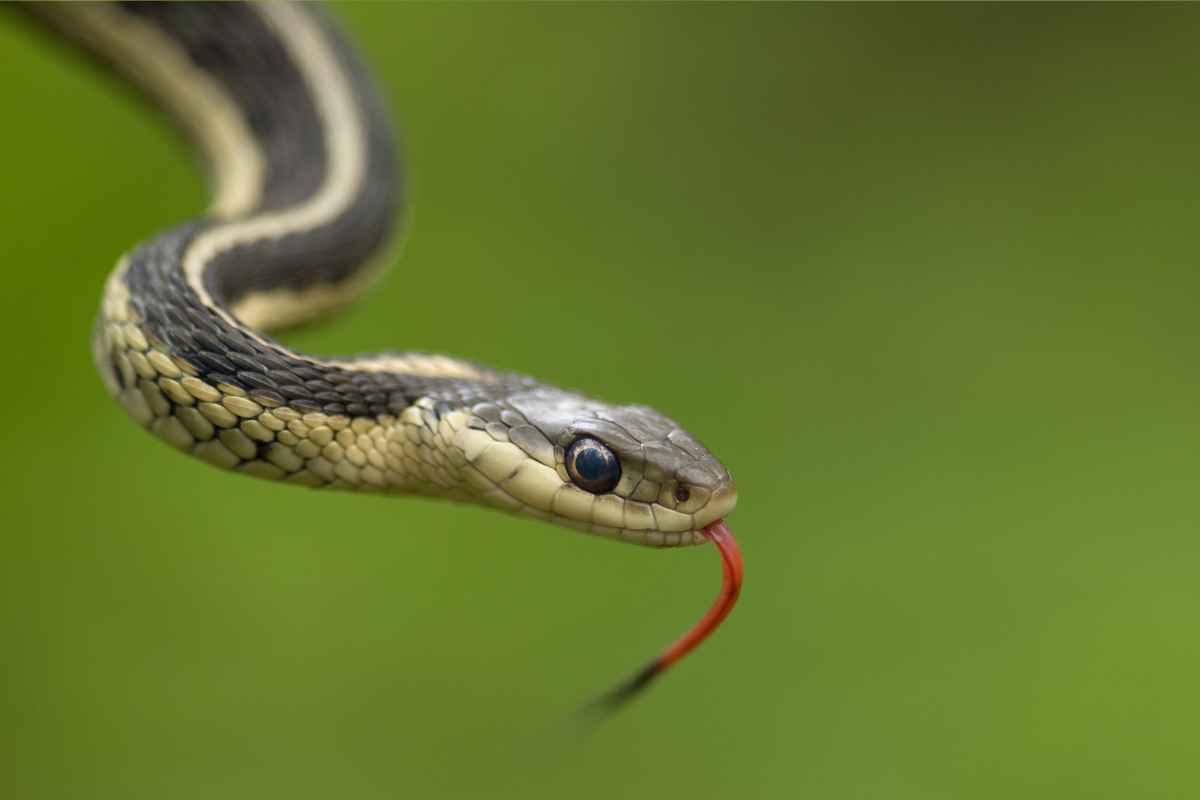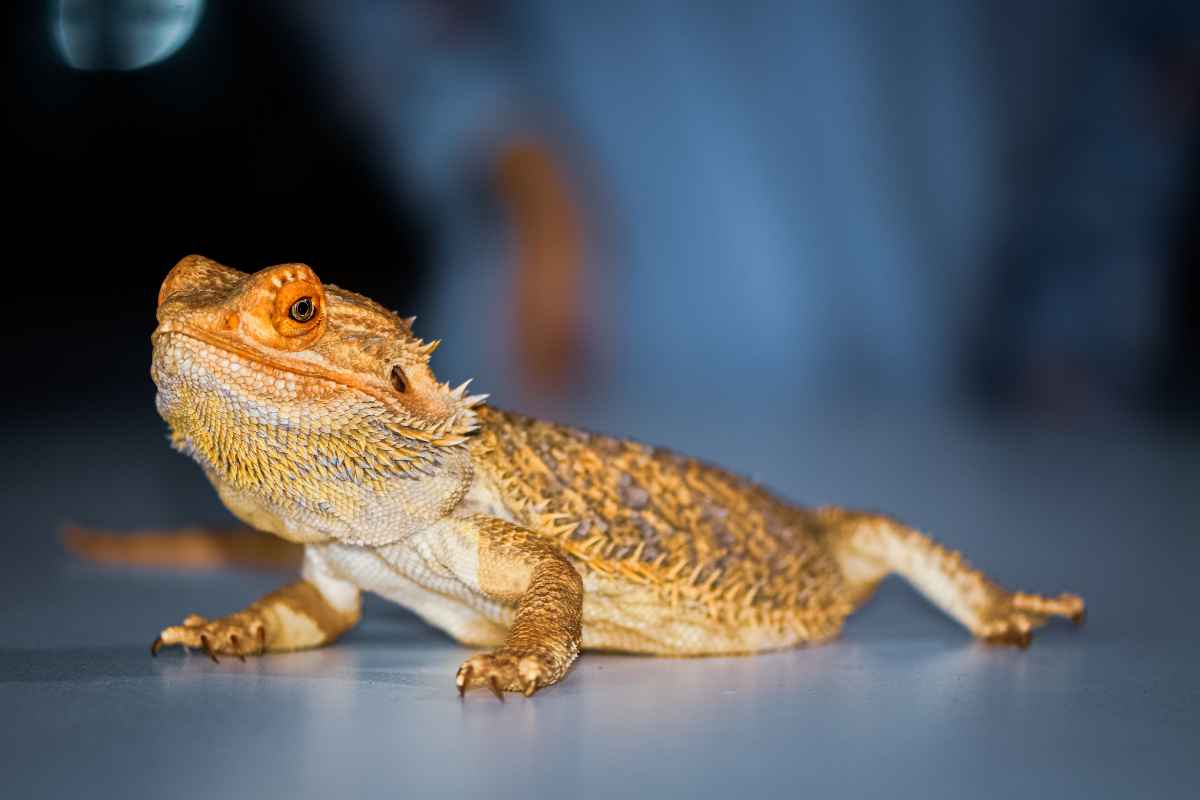- Urbaki Pets
- Reptiles
- The Best Pet Reptiles for Under $50
The Best Pet Reptiles for Under $50
26/06/2024 · Updated on: 07/10/2025

Keeping reptiles as pets has become increasingly popular thanks to their fascinating behaviors, low daily maintenance, and wide variety of species.
However, many potential owners assume that reptiles are expensive to buy and maintain.
The truth is, several beginner-friendly reptiles can cost under $50, making them ideal for those curious about reptile keeping without committing to a high initial investment.
Let’s explore which species offer great value, what setup they require, and how to care for them properly while staying within budget.
Understanding the Real Cost of a “$50 Reptile”
Before diving into specific species, it’s essential to understand what “under $50” truly means.
The purchase price of the reptile itself might be low, but the setup and long-term care costs often exceed that amount.
Heating lamps, UVB lights, proper enclosures, and dietary needs are vital for your pet’s well-being.
A good rule of thumb is to spend at least three times the reptile’s cost on its initial habitat.
For example, a $30 gecko might require a $100 starter setup. Still, these reptiles remain affordable compared to mammals or birds with higher food and vet expenses.
Green Anole: The Budget-Friendly Beauty

The Green Anole (Anolis carolinensis) is one of the most popular reptiles for beginners and typically costs between $10 and $25.
Known for its vibrant green coloration and ability to shift shades based on mood and temperature, this little lizard is as entertaining as it is inexpensive.
Green Anoles require a vertical terrarium since they love climbing. A 10–20-gallon tank is enough for one or two, and maintaining a humidity level of 60–70% is key.
Provide branches, live plants, and a UVB light to mimic their natural environment. Their diet consists of small insects like crickets and fruit flies, making them easy to feed.
With proper care, these lizards live five to seven years, making them a fantastic option for newcomers to the reptile world.
House Gecko: Tiny, Active, and Easy to Keep

The Common House Gecko (Hemidactylus frenatus), often priced around $15, is another excellent pet for those on a tight budget.
These small, nocturnal reptiles are fast, active, and fun to observe at night when they hunt tiny insects.
House Geckos are typically wild-caught, so it’s important to purchase from a reputable captive-bred source when possible.
They thrive in a 10-gallon terrarium, prefer temperatures between 75°F and 85°F, and enjoy moderate humidity.
Their diet includes small crickets and mealworms dusted with calcium. Although they’re not suitable for frequent handling, their minimal care requirements make them perfect display pets.
Garter Snake: A Gentle and Affordable Choice

If you’re looking for a friendly and low-maintenance snake, the Garter Snake (Thamnophis sirtalis) is a great fit.
Young garters can often be found for $25–$40, depending on color morph and breeder.
They are curious, active, and among the few snakes that don’t require a rodent-based diet—many accept fish and earthworms, which makes feeding more comfortable for some owners.
A 20–30-gallon tank is sufficient for an adult garter snake, along with a secure lid to prevent escape.
They require a temperature gradient of 75°F–90°F, a shallow water dish for soaking, and regular misting.
Garters can live over 10 years in captivity with consistent care, offering a long-lasting companion for a modest investment.
Corn Snake (Juveniles on a Budget)

Corn Snakes (Pantherophis guttatus) are among the most popular pet snakes, admired for their calm demeanor and striking color patterns.
While adults typically cost $60 or more, juvenile Corn Snakes can sometimes be found for around $45–$50 during promotions or from local breeders.
Corn Snakes are easy to care for and adapt well to human interaction. A 30-gallon terrarium with a secure lid, warm hide, and UVB lighting ensures comfort and health.
They thrive on a diet of appropriately sized frozen-thawed rodents every 7–10 days. With a lifespan of up to 20 years, Corn Snakes are a great long-term investment for any reptile enthusiast.
Bearded Dragon Reality Check: Worth Every Dollar

The Bearded Dragon (Pogona vitticeps) is often mentioned in budget reptile lists, though realistically, most juveniles now cost around $70–$80 in stores.
Occasionally, you can find them on sale for around $50. Despite being slightly above the limit, they remain one of the best starter reptiles thanks to their calm nature, sociable behavior, and easy-to-read body language.
A Bearded Dragon needs a 75–120-gallon enclosure as an adult, basking temperatures of 95°F–105°F, and full-spectrum UVB lighting. They enjoy a varied diet of insects, greens, and vegetables.
Although the setup can be expensive initially, their friendly temperament and engaging personality make them one of the most rewarding reptiles to own.
Setup and Budget Overview
| Species | Typical Price | Minimum Tank Size | Temperament | Difficulty | Lifespan |
|---|---|---|---|---|---|
| Green Anole | $10–25 | 10–20 gal | Active | Easy | 5–7 years |
| House Gecko | $15 | 10 gal | Shy | Easy | 5 years |
| Garter Snake | $25–40 | 20–30 gal | Docile | Moderate | 10+ years |
| Corn Snake | $45–50 | 30 gal | Calm | Easy | 15–20 years |
| Bearded Dragon | ~$70+ | 75–120 gal | Friendly | Moderate | 10–12 years |
Beyond the reptile’s cost, plan for $80–$200 in equipment, including heat lamps, UVB lights, thermometers, substrates, and food.
Investing properly upfront ensures your reptile thrives in a healthy and stable environment.
Legal and Ethical Considerations

Before buying, always check your local regulations regarding exotic pet ownership.
Some states or counties restrict specific reptiles, especially certain snake species or turtles under 4 inches (a federal restriction in the U.S.).
It’s also best to purchase captive-bred reptiles rather than wild-caught ones. Captive-bred pets are healthier, less stressed, and help reduce the depletion of wild populations.
Additionally, avoid impulse buying from pet stores that cannot confirm an animal’s origin. Reptile rescues and reputable breeders are the best options for ethical purchasing.
Nutrition and Daily Care
A balanced diet is key to maintaining your reptile’s health.
Always dust insects with calcium powder to prevent metabolic bone disease and provide UVB light exposure for proper vitamin D3 synthesis.
Fresh water should be available daily, and occasional misting helps maintain humidity levels, especially for species like geckos and anoles.
Handle reptiles gently and sparingly at first, allowing them to adjust to your presence.
Choosing the Right Reptile for You
Selecting your first reptile depends on your space, time, and comfort level. If you prefer a small, colorful pet that thrives on visual interaction, the Green Anole or House Gecko is ideal.
For those who enjoy handling and a longer bond, snakes like the Garter or Corn Snake are excellent options.
If you’re willing to invest slightly more, the Bearded Dragon offers one of the most interactive reptile experiences available.

Smart Spending and Responsible Ownership
Even if the reptile itself costs under $50, true ownership involves a long-term commitment. Proper heating, lighting, and diet are non-negotiable for reptile health.
Skimping on equipment often leads to health problems that cost more to fix later.
Always budget for care, not just the purchase, and remember that a well-maintained reptile can live over a decade—offering years of quiet companionship and fascinating observation.
Final Thoughts: Affordable Reptiles, Priceless Experiences
Owning a reptile doesn’t have to be expensive to be rewarding. Species like Green Anoles, House Geckos, and Garter Snakes prove that exotic pets can be both budget-friendly and fascinating.
By investing in proper setup and responsible care, you’ll enjoy a unique glimpse into the world of these remarkable creatures—without breaking the bank.
A little preparation and understanding go a long way in ensuring your affordable reptile thrives for years to come.
We hope you enjoy this video about Reptiles

Source: Wickens Wicked Reptiles
Did you find this post useful or inspiring? Save THIS PIN to your Pets Board on Pinterest!

Urbaki Editorial Team is the collaborative byline behind our pet-care guides. Our writers and editors turn evidence and real-life experience into clear, humane advice on training, wellbeing, nutrition basics, and everyday life with animals. Every article is planned, written, and edited by humans, fact-checked against reputable veterinary sources, and updated over time. This is an editorial pen name—see our Editorial Policy. Educational only; not a substitute for veterinary advice.

You may also like